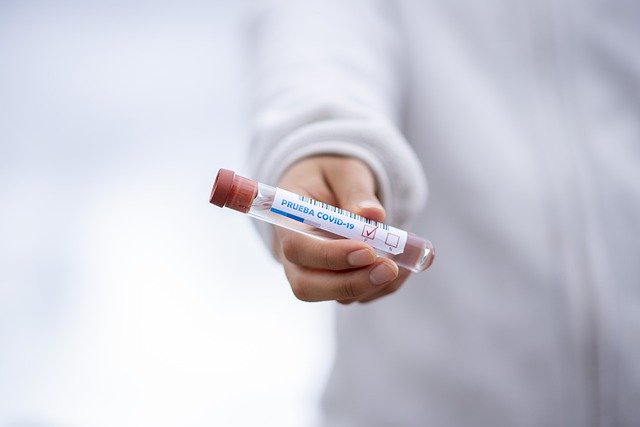COVID-19 testing devices are shipping out to skilled nursing facilities across the U.S, but questions remain for many providers about how those devices are being distributed — and whether the supply lines for the test kits can keep up with the demand as SNFs try to meet testing mandates.
The testing initiative, announced by the Department of Health and Human Services (HHS) on July 14, will see point-of-care testing devices shipped out to SNFs across the country, with facilities in COVID-19 hotspots getting first priority.
The initiative, which will use devices from manufacturers Quidel and BD, could be “a game-changer,” given how much test results have lagged, George Linial, president and CEO of LeadingAge Texas, said on a virtual press conference hosted by the non-profit senior living and care trade group LeadingAge on Wednesday.
But out of Texas’s more than 1,200 nursing homes, just 57 will be receiving the testing instruments with initial testing supplies, he noted — a number borne out by the CMS data.
There’s also the question of supply, which has been flagged as an issue by a LeadingAge provider in Florida.
“The instruments will do no good without adequate test kits to regularly test staff,” Linial pointed out. “There has been no communication regarding future availability of these test kits. And the distributors that we have spoken with say it could be months before ample testing supplies are available.”
These distributors, McKesson and Medline, told Linial that it would be likely six months before “before an adequate supply of test kits would be available to supply all the instruments out there.”
While many experts in the skilled nursing space were cautiously optimistic about the point-of-care testing initiative, many stressed that logistical details needed to be ironed out for the plan to be successful.
“Who will pay for them? And is there a supply chain accessible to nursing homes for the testing supplies?” Konetzka told Skilled Nursing News at the time. “Are the supplies device-specific? I fear this will be similar to the previous federal shipments of PPE to nursing homes — inadequate and of low quality, with no thought to longer-run needs.”
But with COVID-19 still a clear and present danger for SNFs in the South, particularly Florida, Texas and Arizona, the testing initiative itself is welcome, as securing sufficient COVID-19 testing is a costly endeavor for many providers.
One of LeadingAge Texas’s members spent more than $150,000 on testing alone, he said, while other costs such as staff pay and personal protective equipment (PPE) have also increased — even as revenue declines with census.
Local chapters of LeadingAge in the other COVID-19 hotspots of Florida and Arizona agreed on the issues related to testing in terms of both delayed results and the increased costs.
In Florida, operating losses for LeadingAge Florida members range from $100,000 per month to more than $3 million a month, Steve Bahmer, president and CEO, said. The Sunshine State is currently paying for twice-monthly testing of all long-term care staff, but the order requiring this testing is set to expire in September — and according to Bahmer, the costs could range from $25,000 to $300,000 a month.
People living in Arizona are eligible for free testing, but because of long wait times and delays in getting results, many LeadingAge Arizona members have opted to make their own testing arrangements, paying out of pocket, according to Arizona LeadingAge CEO Pam Koester.
“To date, our members have spent over $600,000 — again, out of their own pockets — without reimbursement on testing their residents and staff,” she said. “This is not sustainable. These challenges are impacted by our failure as a nation to develop and enact a unified, singular, national strategy to confront this deadly virus. In the absence of such an approach, we in the states are left to our own devices to fight back. “
Companies featured in this article:
Arizona LeadingAge, LeadingAge, LeadingAge Florida, LeadingAge Texas



